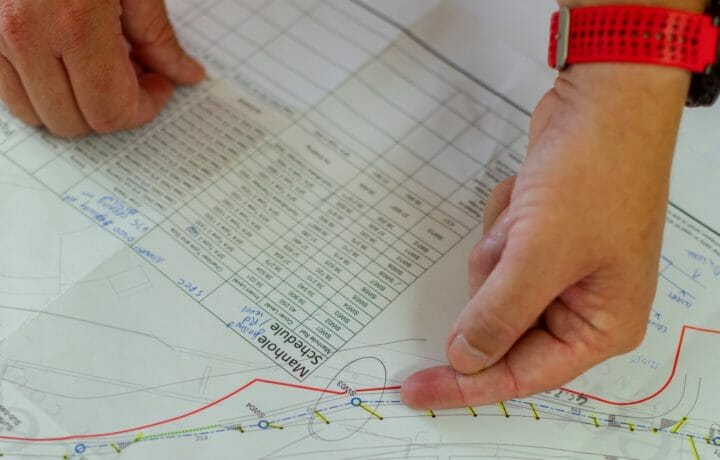While effective planning is critical to the success of federal programs, so far most agencies have failed to develop comprehensive program management standards or best practices. In the absence of formal guidelines or requirements, federal bureaus have been left to figure out programs on their own.
The U.S. Department of the Interior Program Startup Evaluation seeks to change this, by identifying four distinct planning models used at five bureaus: the Office of Surface Mining (OSM), the U.S. Fish and Wildlife Service (FWS), the U.S. Bureau of Reclamation (USBR), U.S. Geological Survey (USGS), and BIA.
“Although effective planning does not guarantee a program’s success, an effective planning process helps justify program budgets, determine program priorities, define program goals, and provide a means for evaluating program accomplishments,” the report noted.
The report presents case studies on each of the bureau’s planning processes, except the BIA. Each bureau used the same basic seven step process, tailored to meet each program’s needs. The processes identified in the report are:
Step 1: Identify the Problem.
Step 2: Develop objectives and performance measures. Planning should use the organization’s mission as a starting point when identifying major goals and objectives, the report stated.
Step 3: Link the program strategy to the organizational strategic plan.
Step 4: Identify key stakeholders
Step 5: Identify needed resources
Step 6: Coordinate program activities. This is important in order to “mitigate institutional and cultural differences among bureaus.”
Step 7: Feedback and evaluation. “A process of continuous monitoring allows changes and corrections to be made to address unanticipated issues in program implementation.”
The steps, while they may seem basic and common sense, are a critical step in standardizing program management across the agency. In today’s federal budget climate, we can expect increasing emphasis on efficiency in government programs and standardized processes and criteria for success. Whether these are developed individually by agencies, as in the case of the Department of the Interior, or guidelines are instituted at a more broad federal level, will likely largely depend on the success of these agency-specific initiatives.


